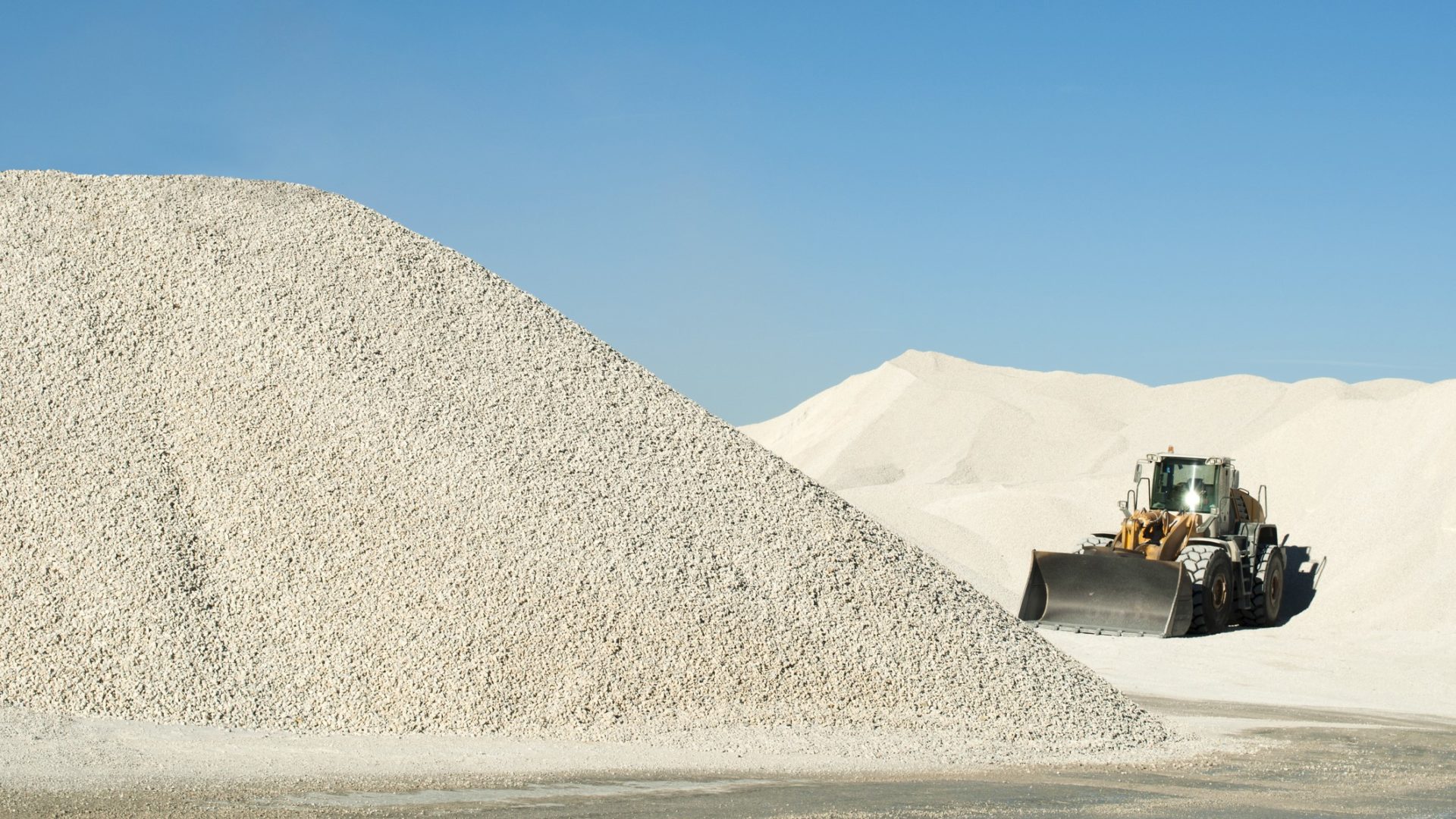What should construction managers know about the new BS 8500 concrete standard and limestone fines? CM asks Elaine Toogood, director for architecture and sustainable design, at The Concrete Centre.

What are the changes to the traditional ‘recipe’ for making concrete?
After a two-year testing period, BSI has published a revision to the BS 8500 concrete standard. It’s the most significant change to the traditional ‘recipe’ for making concrete since the 1980s and can help specifiers and engineers decarbonise the construction of buildings and infrastructure using concrete.
The new concrete standard means there will be more lower-carbon options available. Until now CEM I could be combined with either fly ash, a by-product from power generation, or ground granulated blast furnace slag (GGBS), a by-product from the steel industry. Now the standard permits powdered limestone to be included as a third component.
What are limestone fines and why are they being used in place of GGBS and fly ash?
Limestone fines are finely ground limestone from UK quarries and the material is readily available in the UK.

“Limestone fines provide an important alternative and sustainable source of materials to lower the embodied emissions of concrete.”
Using fly ash and GGBS to make concrete has been a long-standing and effective way to improve concrete properties and lower the embodied carbon of concrete. However, as the UK relies less on coal-fired power and as the steel industry decarbonises, the availability of these by-products will reduce.
The use of limestone fines is therefore important to providing an alternative and sustainable source of materials to continue to lower the embodied emissions of concrete. Limestone fines are abundant and using the powder minimises transport emissions and maximises the UK’s geology.
What is the effect on the performance of the concrete using limestone fines?
Extensive testing has demonstrated that concrete containing powdered limestone delivers the same high strength, durability and fire protection as CEM I concrete.
The new standard has been part of a rigorous research and testing process over two years, with the results independently assessed by the BSI technical committee for concrete.
Why should clients and designers welcome the switch to greater use of limestone fines?
If all UK construction sites adopted the new cement types, we could save around 1 million tonnes of CO2 emissions each year – the equivalent of over 3,500 transatlantic flights.
For every 5% of limestone powder used, around a 5% CO2 reduction can be delivered per cubic metre of concrete. Similarly, the maximum replacement of 20% limestone provides around a 20% carbon saving.
With carbon saving becoming a higher priority across the construction industry, this is an opportunity for clients, consultants and contractors to easily cut the embodied carbon of concrete and maximise the use of UK-sourced and responsibly manufactured materials.
I would continue to encourage teams to engage with suppliers early in the process to achieve the lowest embodied carbon concrete for their projects.
Are there any examples of the new ‘recipe’ in use?
The Environment Agency has successfully trialled the new lower-carbon concrete mixes at the £6.5m Hexham flood alleviation scheme in Northumberland.
Used across three concrete panels totalling 27m, this trial marks the first use in permanent works of the new limestone powder mixes and delivered impressive carbon savings of 64% compared with CEM I concrete.
What else is the UK concrete and cement industry doing to reduce carbon emissions?
This revision to the standard is just one of many other activities taking place in the development of lower-carbon cements and concretes, but it represents an important milestone in the UK concrete and cement sector’s commitment to decarbonisation.
The industry’s roadmap has set out how the use of decarbonised transport, fuel switching and Carbon Capture, Usage or Storage (CCUS) technology will also help to deliver its targets, with good progress being made in all areas.
The concrete and cement industry has a strong track record of decarbonisation, having already delivered a 53% reduction in absolute carbon emissions since 1990. It is decarbonising, as a whole, faster than the UK economy.
Elaine Toogood is director, architecture and sustainable design, at The Concrete Centre.











